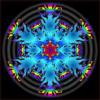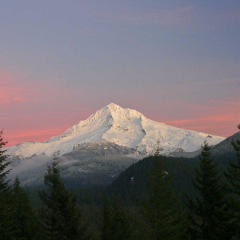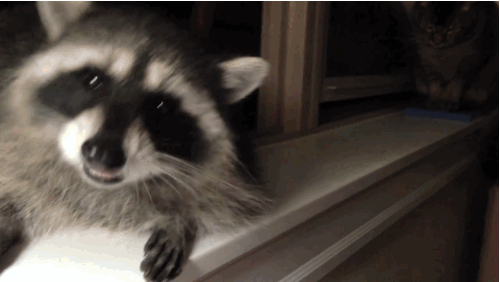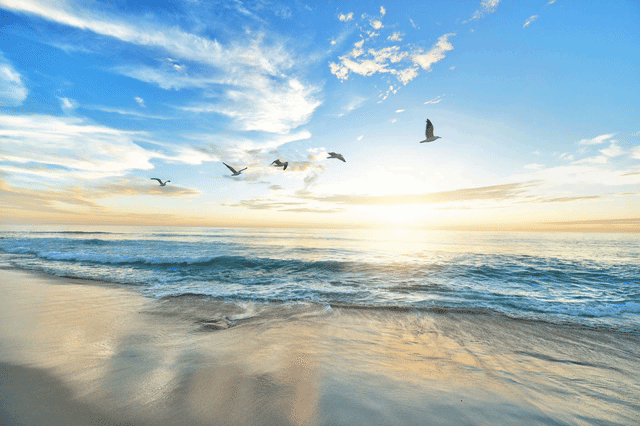ENSO Discussion
-
Who's Online 23 Members, 0 Anonymous, 91 Guests (See full list)
- tStacsh
- PacNW44
- OttumwaSnomow
- Groundhog
- GHweatherChris
- Cascadia_Wx
- RentonHill
- SilverFallsAndrew
- the_convergence_zone
- Anti Marine Layer
- oceanmom
- ezrally
- Port Angeles Foothiller
- Phishy Wx
- fubario
- Blizzard777
- DareDuck
- Frontal Snowsquall
- SnarkyGoblin
- bainbridgekid
- Sunriver Snow Zone
- BLI snowman
- Deweydog












Recommended Posts
Join the conversation
You can post now and register later. If you have an account, sign in now to post with your account.